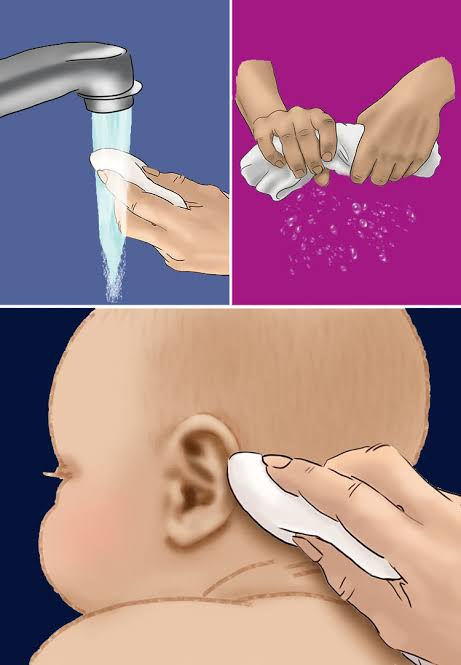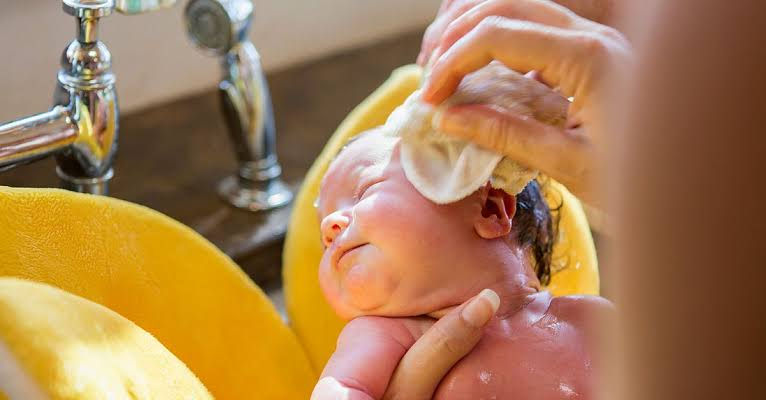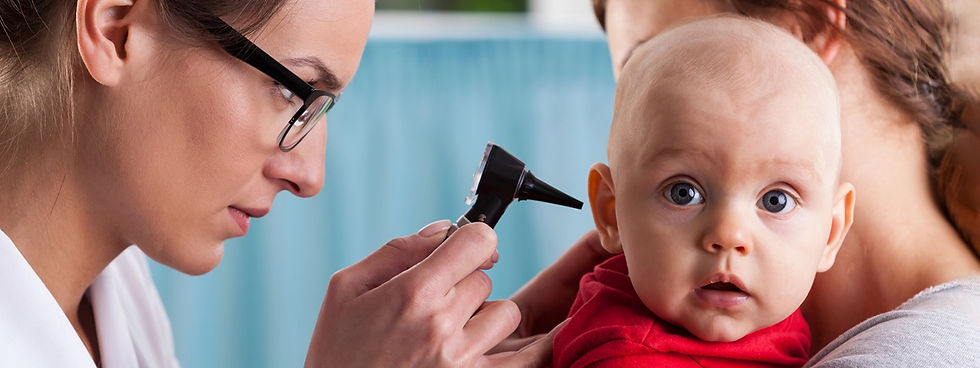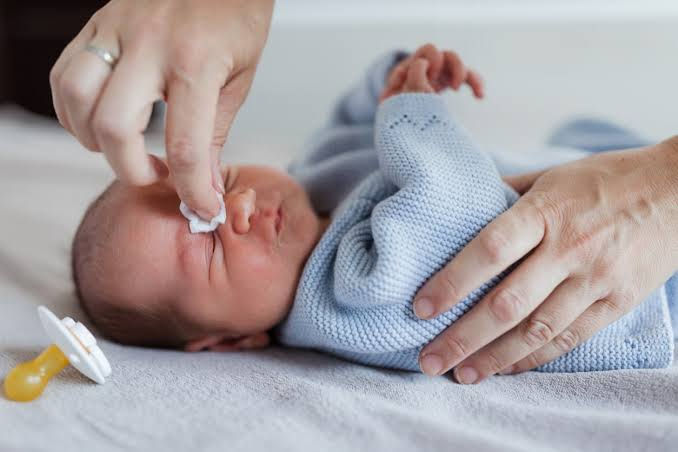
Caring for Your Baby’s Ears: A Comprehensive Guide
- Druzycare
- Jan 24
- 3 min read
Updated: Jan 28
When it comes to keeping your baby healthy and happy, ear care plays a vital role. Babies have delicate ears that require gentle attention to prevent discomfort, infections, and long-term complications. In this post, we will explore how to care for your baby’s ears, signs of potential issues, and tips to ensure your little one’s ears stay healthy and clean.
1. Understanding Baby’s Ear Anatomy
Your baby’s ears are smaller and more sensitive than an adult's, which means they are more prone to infections and blockages. The ear has three parts:
- Outer Ear: The part you see (pinna) and the ear canal.
- Middle Ear: Contains tiny bones that transmit sound to the inner ear.
- Inner Ear: Responsible for hearing and balance.
Protecting all these parts starts with proper cleaning and knowing when to consult a doctor.
How to Clean Your Baby’s Ears
Cleaning a baby’s ears is simple, but you must be careful to avoid injury. Follow these steps:
Outer Ear
- Use a soft, damp washcloth to gently wipe the outer ear.
- Avoid inserting cotton swabs (like Q-tips) into the ear canal, as they can push wax deeper or damage the eardrum.

Ear Canal
- Baby’s ears naturally clean themselves. Wax serves as a protective barrier, so there’s no need to remove it unless it’s visibly blocking the canal.
- If you notice excess wax buildup, consult your pediatrician before attempting to remove it yourself.
3. Preventing Ear Infections
Ear infections are common in babies, especially between 6 months and 2 years. To reduce the risk:
- Breastfeed if possible: Breastfeeding helps build immunity.
- Avoid bottle-feeding while lying down: Milk can flow into the middle ear, increasing the risk of infection.
- Keep your baby upright during feeds to prevent fluid buildup.
- Practice good hygiene: Wash your hands and clean toys regularly to minimize exposure to germs.
4. Recognizing Signs of Ear Issues
Babies can’t tell you when their ears hurt, so watch for these signs:
- Tugging or pulling at the ears.
- Fussiness or crying more than usual.
- Fluid or discharge from the ear.
- Difficulty hearing or responding to sounds.
- Fever or trouble sleeping.
If you notice these symptoms, contact your pediatrician for a check-up.

5. Protecting Baby’s Ears
- Keep ears dry: After baths or swimming, gently pat the outer ear dry. Avoid letting water sit in the ear canal.
- Limit loud noises: Use baby-friendly headphones or ear protection if your baby will be exposed to loud environments.
- Weather protection: Cover your baby’s ears with a hat during cold or windy days to prevent earaches caused by temperature changes.
6. When to Seek Medical Attention
If your baby shows any of the following signs, it’s best to consult a doctor immediately:
- Persistent fever over 101°F (38.3°C).
- Pus or blood coming from the ear.
- Severe irritability or pain.
- Hearing difficulties.
Timely medical intervention can prevent complications and provide relief for your baby.

Final Thoughts
Your baby’s ear health is an essential part of their overall well-being. By incorporating these simple practices into your routine, you can prevent infections, ensure comfort, and support their hearing development.
Remember, your pediatrician is your best resource for advice and assistance. With consistent care and attention, your baby’s ears will stay healthy, letting them explore the world of sounds around them.
Stay tuned for more in the Baby Trend Series as we cover everything you need to know about your little one’s health and happiness!





Comments